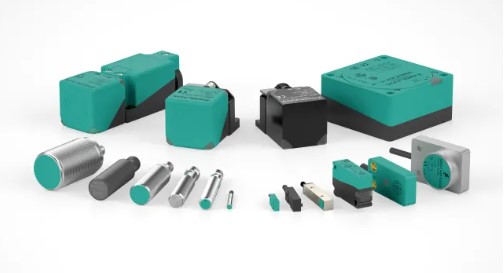Proximity sensors are not just industrial tools—they are an essential part of our daily lives. Found in smartphones, tablets, smart home devices, and wearables, these tiny sensors make modern technology more intuitive, efficient, and safe. By detecting nearby objects without physical contact, they enable features that improve user experience, extend battery life, and enhance safety.
What Are Proximity Sensors in Consumer Devices?
A proximity sensor detects when an object, such as a hand or face, is close to a device. It typically uses infrared light or electromagnetic fields to measure distance without requiring touch. In consumer electronics, proximity sensors operate quietly in the background, enabling automation and convenience without users even noticing.
Applications in Consumer Electronics
1. Smartphones and Tablets
The most familiar use of proximity sensors is in smartphones. When you hold the phone to your ear during a call, the sensor detects your face and turns off the display to prevent accidental touches and save battery life. Some phones also use proximity sensors to enable gesture controls, such as waving your hand to silence a call.
2. Wearable Technology
Smartwatches and fitness trackers use proximity sensors to detect when the device is worn. This enables features like auto-screen activation when you raise your wrist or tracking sleep by detecting skin contact.
3. Laptops and Computers
Proximity sensors are being integrated into laptops to support security and energy efficiency. They can lock the screen when you step away and wake it up when you return, improving both privacy and power management.
4. Smart Home Devices
From smart speakers to lighting systems, proximity sensors enhance home automation. For instance, a smart light can turn on when you approach and turn off when you leave. Smart thermostats can detect presence to adjust temperature for energy savings.
5. Gaming and AR/VR Devices
Virtual reality headsets use proximity sensors to detect when the headset is worn, automatically powering on displays and sensors. This improves immersion while saving power when the device is not in use.
Benefits of Proximity Sensors in Consumer Electronics
- Energy Efficiency – Extends battery life by turning off displays and reducing unnecessary power usage.
- Convenience – Enables hands-free control and gesture-based interactions.
- User Safety – Reduces screen glare and accidental touches during phone calls.
- Security – Helps devices lock automatically when unattended.
- Enhanced Experience – Supports smoother, more intuitive interaction with technology.
Future Trends in Proximity Sensing for Consumer Devices
The demand for smarter and more energy-efficient electronics continues to grow, driving innovation in proximity sensor technology. Some emerging trends include:
- Miniaturization – Sensors are becoming smaller to fit into slim and compact devices.
- Multi-function Sensors – Combining proximity with ambient light, temperature, or motion detection for richer data.
- Gesture Recognition – Advanced sensors will allow users to control devices with complex hand movements.
- Integration with AI and IoT – Sensors will contribute to smarter ecosystems, where devices interact seamlessly based on user presence.
Conclusion
Proximity sensors have become an invisible yet indispensable part of modern consumer electronics. Whether it’s preventing accidental screen touches, enabling gesture control, or improving smart home automation, these sensors enhance both functionality and convenience. As technology advances, proximity sensors will continue to evolve, offering smarter, more efficient, and more personalized experiences. From smartphones to smart homes, they will remain a key driver of innovation in consumer technology.





Comments